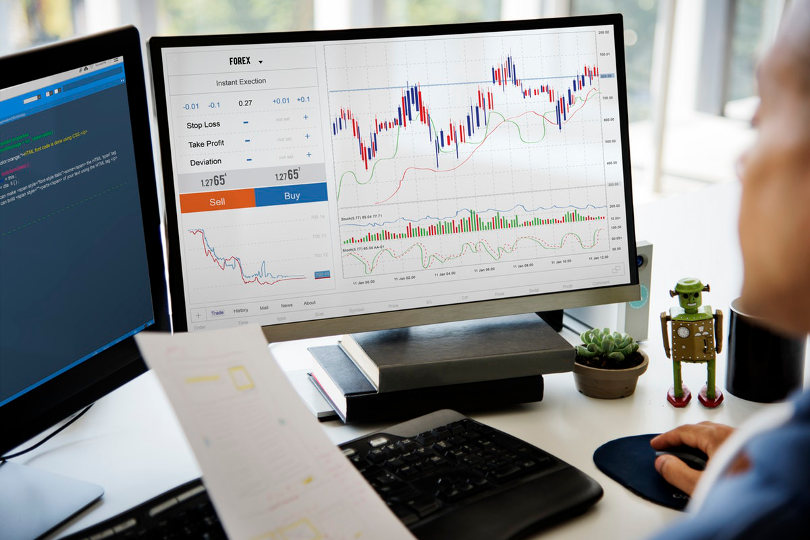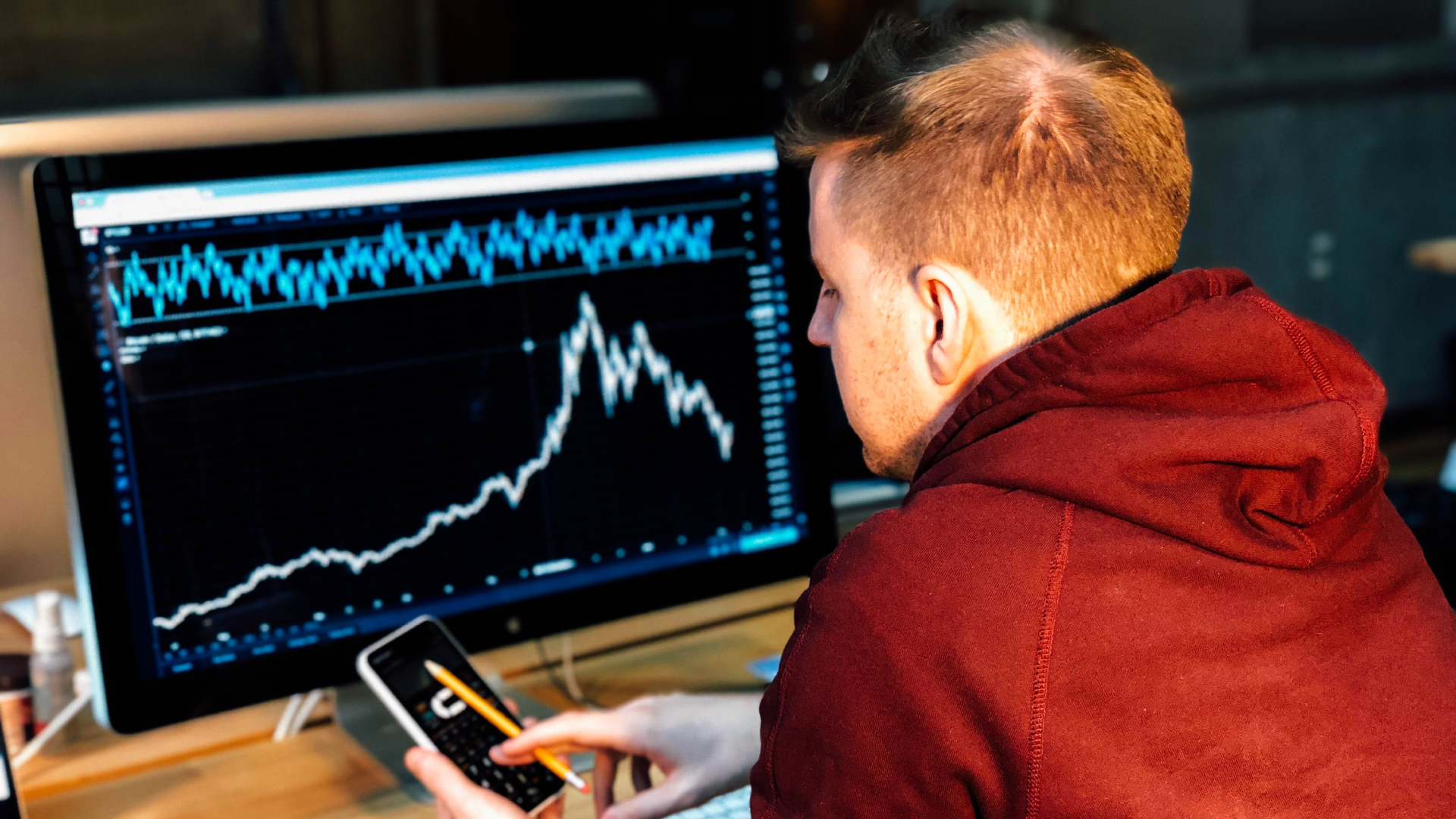Imagine a world where your trades execute at lightning speed, analyzing market trends and adjusting strategies in the blink of an eye. This isn’t science fiction; it’s the reality of automated options trading. By leveraging the power of algorithms and computer programs, traders can now automate their trading decisions, potentially achieving greater efficiency and profitability.

Image: www.purshology.com
Automated options trading, often referred to as algorithmic trading or robo-trading, has taken the financial world by storm. While the concept might seem daunting or even futuristic, it’s becoming increasingly accessible and offers a range of benefits for both novice and experienced traders. This article will delve into the fascinating world of automated options trading, exploring its history, mechanics, and potential impact on the future of investing.
The Evolution of Automated Trading: From Basic to Sophisticated
The concept of automated trading isn’t entirely new. Early forms of automated trading emerged in the 1970s, relying on basic rules and simple algorithms to execute pre-programmed trades. These programs didn’t possess the sophisticated capabilities of today’s algorithms, primarily focusing on order execution and market timing rather than complex strategies.
However, the advent of high-frequency trading (HFT) in the late 1990s revolutionized the landscape. HFT algorithms excel at executing trades at lightning speed, leveraging microsecond-level data to gain a slight edge in the market. While controversial due to its impact on market volatility and fairness, HFT has undeniably proven the potential of automated trading for certain strategies.
Democratization of Automation: Access for All
While institutional investors initially dominated the realm of automated trading, the rise of online brokerages and user-friendly platforms has made automated trading more accessible to individual investors. Several platforms now offer customizable trading algorithms, allowing traders of all experience levels to experiment with automated strategies without deep technical expertise.
This democratization of automated trading has opened up new avenues for investors, empowering them to leverage powerful technology for their investment goals. Whether you’re a seasoned options trader looking to fine-tune your strategy or a beginner venturing into the world of trading, understanding how automated trading works is crucial for navigating this evolving market.
Decoding the Mechanics: How Automated Options Trading Functions
The core premise of automated options trading lies in the use of algorithms, which are essentially sets of instructions that define trading rules and actions. These algorithms are programmed to analyze market data, identify trading opportunities, and execute trades automatically based on predetermined parameters.
The power of algorithms lies in their ability to process vast amounts of data and execute trades with speed and precision that surpasses human capabilities. They can identify patterns and trends that human traders might miss, making split-second decisions based on real-time market information.

Image: forexbrokerslist.org
The Recipe for Automated Success: Key Ingredients
There are several key components that contribute to the success of automated options trading:
- Data Analysis: The algorithms rely on historical and real-time market data to identify patterns and predict future price movements. This data includes price charts, financial news, economic indicators, and social media sentiment.
- Trading Strategies: The core logic of an automated options trading system is defined by its trading strategy. Different strategies cater to different risk profiles and market conditions. Common strategies include arbitrage, trend following, mean reversion, and volatility trading.
- Risk Management: Automated trading systems typically incorporate robust risk management features to limit potential losses. These features might include stop-loss orders, position limits, and drawdown rules.
- Backtesting and Optimization: Before deploying an automated trading strategy, it’s crucial to backtest the algorithm on historical data to assess its performance and identify potential weaknesses. This process helps refine the strategy and ensure its effectiveness in real-world conditions.
- Monitoring and Adjustments: Even the most sophisticated algorithms require ongoing monitoring and adjustments to ensure they remain effective. Market conditions are constantly changing, and algorithms need to be fine-tuned to adapt to these changes.
Navigating the Landscape: Types of Automated Options Trading
Automated options trading isn’t a one-size-fits-all solution. Different approaches cater to specific trading styles and risk tolerance. Some popular types of automated options trading include:
1. Discretionary Automated Trading
This approach gives traders more control over their automated strategies. They can set specific parameters, monitor their performance, and make adjustments as needed. Discretionary automated trading provides a balance between the efficiency of automation and the personalized touch of human intervention.
2. Fully Automated Trading
For traders seeking complete hands-off trading, fully automated systems provide a solution. These systems operate independently, executing trades based solely on pre-programmed rules. While this approach offers maximum automation, it requires careful backtesting and ongoing monitoring to ensure its effectiveness.
3. Semi-Automated Trading
This approach combines elements of both discretionary and fully automated trading. Traders can use automated tools to generate trading ideas, perform technical analysis, and execute specific orders, but retain control over the overall trading strategy and risk management.
Harnessing the Power of Automation: Benefits and Challenges
Automated options trading offers potential benefits that can enhance the trading experience for both seasoned professionals and aspiring investors. Here are some key advantages of embracing automation:
- Objectivity and Discipline: Algorithms remove emotional biases from trading decisions, leading to more disciplined and rational trading behavior.
- Speed and Efficiency: Automated systems execute trades at lightning speed, capturing fleeting market opportunities that human traders might miss.
- Scalability and Diversification: Automated systems can handle multiple trades and strategies simultaneously, allowing traders to diversify their portfolios and increase their trading volume.
- 24/7 Trading: Automated trading systems can operate around the clock, regardless of market hours or personal schedules, potentially capturing opportunities outside typical trading hours.
However, embracing automated options trading also involves inherent challenges that require careful consideration:
- Complexity: Developing effective automated trading strategies requires technical expertise and a thorough understanding of options trading principles and algorithms. This can be a steep learning curve for novice traders.
- Market Volatility and Risk: Automated trading systems are not immune to market volatility. In volatile markets, poorly designed algorithms can lead to significant losses.
- Technological Reliance: Automated trading relies heavily on technology, which can be prone to malfunction or outages. This poses a potential risk if critical trades are missed or executed incorrectly.
- Regulatory Compliance: Automated trading systems must comply with regulatory guidelines, including reporting requirements and anti-money laundering procedures.
The Future of Automated Options Trading: Embracing the Change
The future of automated options trading looks bright, with advancements in artificial intelligence (AI), machine learning, and data analytics further enhancing the capabilities of trading algorithms. AI-powered algorithms are expected to analyze market data with greater accuracy and sophistication, leading to more informed and profitable trading decisions.
These advancements are expected to democratize automated trading even further, making it accessible to a wider range of investors. However, it’s essential to remember that automated options trading is not a guaranteed path to success. It requires careful planning, thorough backtesting, and ongoing monitoring to ensure effective utilization and minimize risks.
Automated Options Trading
Conclusion: Navigating the World of Algorithmic Trading
Automated options trading has revolutionized the landscape of financial markets, offering both exciting opportunities and potential challenges. While the technology continues to evolve, understanding its fundamental principles and navigating its complexities remain crucial for success. By embracing the power of automation responsibly, traders can unlock new possibilities and potentially achieve greater efficiency and profitability in the complex world of options trading.
If you’re interested in learning more about automated options trading, explore reputable online resources, attend workshops, or consult with experienced professionals in the field. Remember, continuous learning and adaptation are key to navigating this dynamic market environment.






